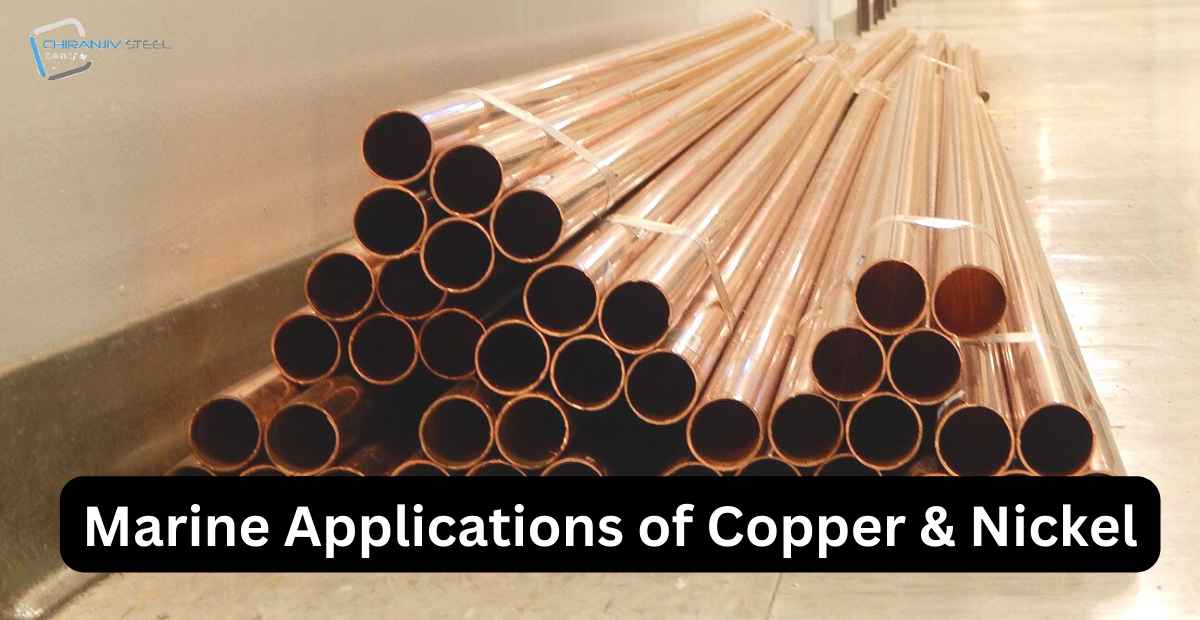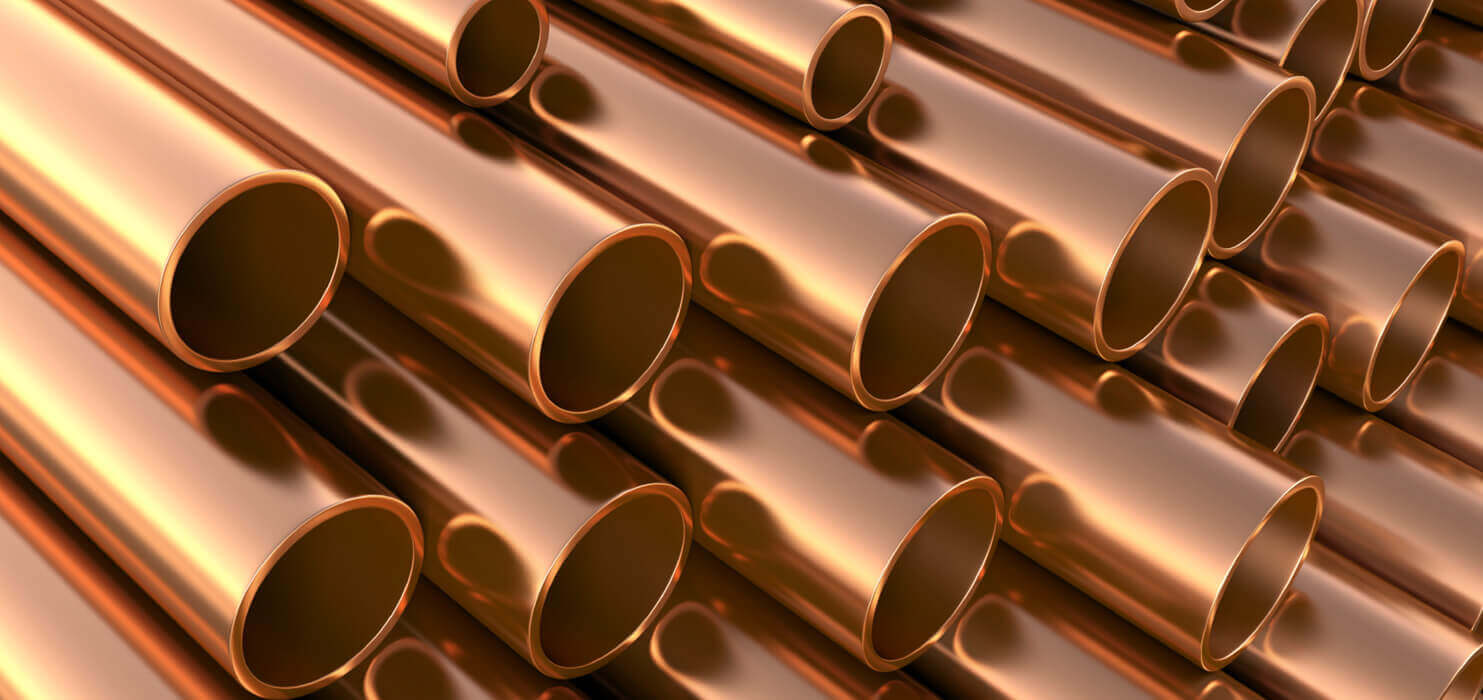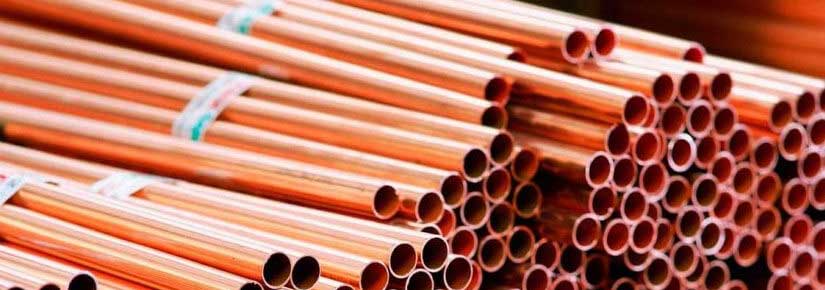Marine Applications of Copper & Nickel
What is Copper-nickel?
Copper-nickel alloys, also known as cupronickel alloys, are frequently employed in maritime applications due to their strong resistance to seawater corrosion, low macrofouling rates, and superior fabricability.
Copper is strengthened and more resistant to corrosion when nickel is added, and the alloy is still malleable. To improve copper strength, nickel’s corrosion resistance, hardness, weldability, and castability, other elements can be added.
The most popular Copper Nickel 95/5 C70400 Pipes are composed of 90% copper and 10% nickel. It is used in power generating, desalination, offshore oil and gas production, as well as naval and commercial shipping.
Where more resistance to saltwater flow, sand abrasion, wear, and galling, as well as stronger mechanical qualities, are required, alloys with a 30% nickel content (C71500, C71640), as well as those that are more strongly alloyed with aluminum, chromium, or tin, are employed.
Marine Applications of Copper and Nickel
Shipbuilding and Repair: Copper-nickel is used for cooling seawater, bilge and ballast, sanitary, fire fighting, inert gas, hydraulic and pneumatic systems, and chiller systems in shipbuilding and ship repair. Additionally, they can be utilized for feed lines to desalination plants and heating coils in cargo tanks. An interactive diagram of a ship’s systems serves as an example of this.
Desalination Plants: Copper Nickel Pipes are well-established alloys in thermal desalination facilities. Copper-nickel is frequently used for heat rejection and recovery sections and brine heaters in Multi-Stage Flash (MSF) desalination. Tubing in the evaporator section is made of copper-nickel for Multiple Effect Distillation (MED).
Offshore Oil and Gas Platforms and Processing: Floating production, storage, and offloading vessels and offshore oil and gas platforms utilize copper-nickel alloy systems (FPSOs). The description of splash zone sheathing in 90-10 Cu-Ni.
Power Generation: Steam turbine condensers, oil coolers, auxiliary cooling systems, and high-pressure pre-heaters in nuclear and fossil fuel power plants can all use copper-nickel pipes and parts. They can transport fresh water, brackish water, and clean seawater. Additionally, copper-nickel has many advantages for maritime renewable energy (e.g., wind farms and wave and tidal devices).
Seawater System Design: Designing a seawater system with a high degree of reliability while minimizing maintenance is a top priority. For pipework made of copper-nickel, methods for achieving good performance are provided. The handling of galvanic problems, pressure systems, and water hammers are also covered.
Seawater System Components: High-quality seawater system designs must include copper-nickel condenser and heat exchanger tubes, tube sheets, pipelines, fittings, pumps, and water boxes. Also mentioned are appropriate materials for copper-nickel system pumps and valves.
Hulls of Boats and Ships: Copper-nickel is an uncommon material for boat hulls because of its excellent resistance to biofouling and corrosion. Examples of sheathing applications as well as solid plate and clad steel plate hull construction are provided.
Antimicrobial: Alloys made of copper and nickel have antibacterial properties. Copper-nickel surfaces are resistant to the growth of bacteria, viruses, and fungi. A link to a website focused on copper’s antibacterial properties is provided.


